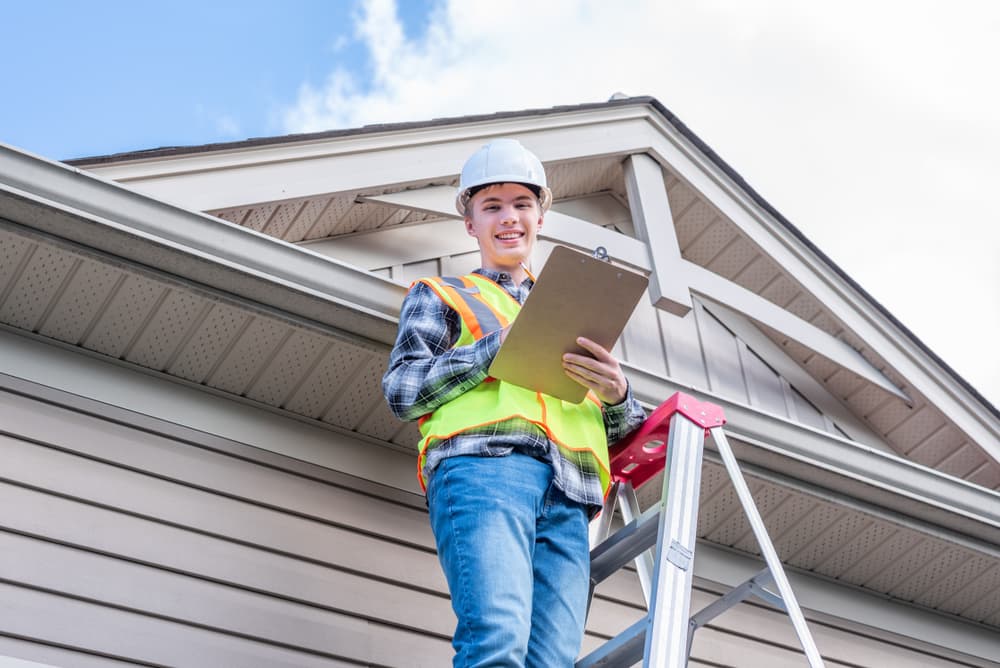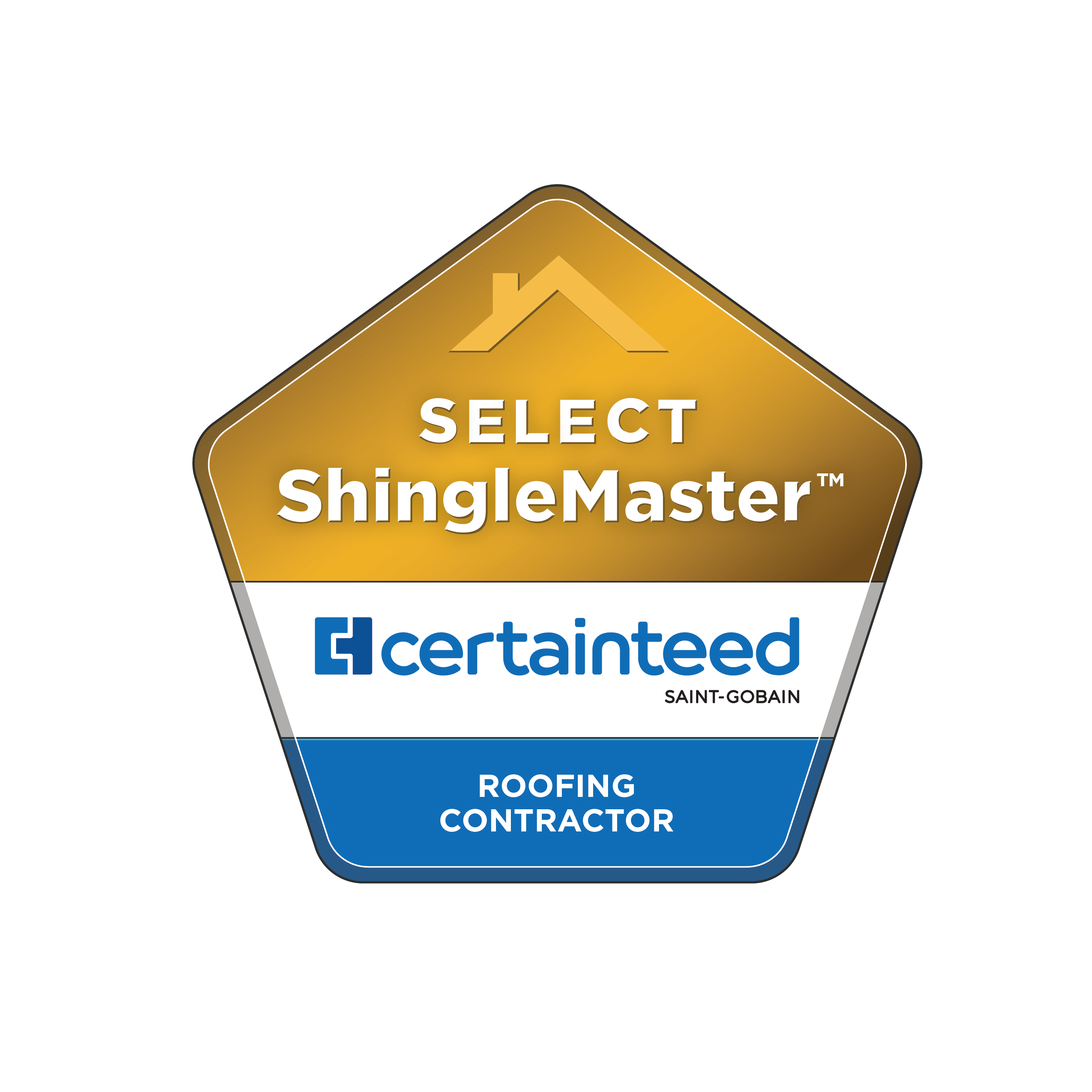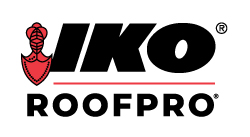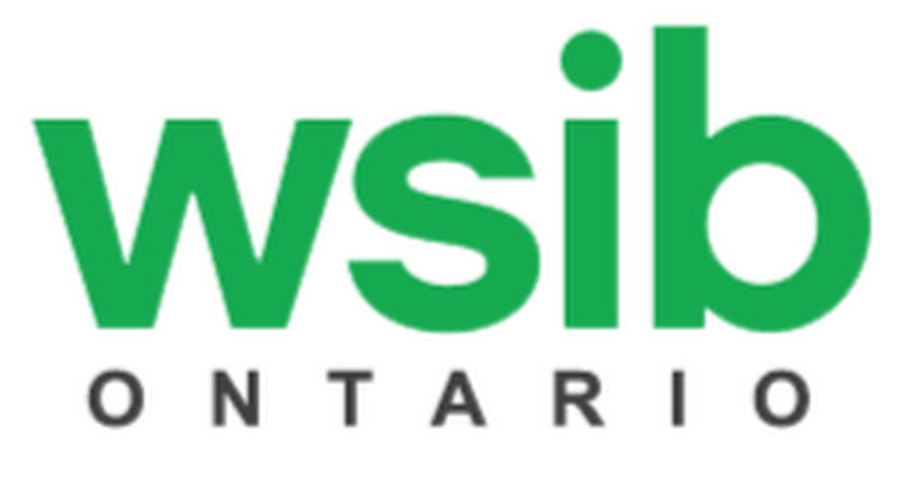
Your roof is your home’s most critical line of defence against intense weather elements, making its upkeep a top priority. However, since it’s often out of sight, it can be easy to forget about its condition until problems arise. To prevent unexpected costs or the need for a replacement, regular roof inspections are essential. Discover the best times to get your roof inspected and why it’s crucial to maintain this routine.
Contents
After an Intense Storm
If your neighbourhood has recently experienced an intense storm with high winds and flying debris, it’s an opportune moment to schedule a roof inspection. Such storms can cause significant damage, including missing shingles, damaged flashing, and other vulnerable areas. Detecting and repairing these issues promptly can prevent further damage, such as moisture infiltration, mould growth, and wood rot.
When to Schedule a Post-Storm Inspection
- After Hail Storms: Hail can dent metal roofs and dislodge shingle granules.
- Following High Winds: Wind can lift and tear shingles, compromising the roof’s integrity.
- Heavy Rainfalls: Persistent heavy rain can exploit weak points and lead to leaks.
Signs of Storm Damage to Look Out For
- Missing Shingles: Strong winds can easily rip shingles off your roof, leaving the underlayment exposed.
- Damaged Flashing: Flashing around chimneys, vents, and skylights can become dislodged or bent, leading to leaks.
- Debris Impact: Tree branches and other debris can puncture roofing materials.
- Gutter Damage: High winds can cause gutters to detach or fill with debris, leading to drainage issues.
In the Fall
Annual inspections are a must for every homeowner, and the fall is an ideal time for this task. The mild and moderate weather conditions during this season make it safer and more convenient for inspections and any necessary repairs. Additionally, completing an inspection before the colder weather sets in can identify potential issues with your gutter system and prepare your roof for the winter months.
Benefits of a Fall Inspection
- Mild Weather: Cooler temperatures are safer for workers and ensure materials are installed correctly.
- Pre-Winter Prep: Addressing issues before snow and ice arrive can prevent winter damage.
- Gutter Check: Ensuring gutters are clean and functioning properly before fall leaf drop can prevent ice dams.
Spring Inspections
In addition to a fall inspection, scheduling a roof inspection in the spring is also beneficial. The harsh winter weather can take a toll on your roof, and a spring inspection helps identify any damage caused by snow and ice. This proactive approach ensures your roof is ready to withstand the intense heat and heavy rainfalls of the summer months.
Spring Inspection Checklist
- Check for Ice Dam Damage: Winter ice dams can cause leaks and water damage.
- Inspect for Shingle Wear: Look for shingles that have cracked, curled, or lost granules.
- Examine Flashing and Seals: Ensure flashing and seals around roof penetrations are intact.
- Gutter Assessment: Check for debris and damage from winter storms.
DIY vs. Professional Inspections
While some homeowners may feel comfortable inspecting their roofs, it’s generally safer and more effective to hire a professional, especially if your roof is over ten years old. Professional roofers are trained to spot both obvious and subtle signs of damage. They will conduct a comprehensive inspection, including materials, structure, workmanship, and interior areas like the attic. Professionals will look for water damage, chimney issues, moss, rot, improper venting, incorrect flashing, and signs of pests.
Pros and Cons of DIY Inspections
- Pros:
- Cost-effective
- Immediate assessment
- This can be done at your convenience
- Cons:
- Safety risks, especially on steep or high roofs
- Potential to miss subtle issues
- Lack of professional equipment and expertise
What to Expect During a Professional Inspection
A professional roof inspection involves a detailed analysis of various components. Inspectors will assess the condition of your shingles, flashing, and overall structure. They will also check interior areas for signs of leaks, water damage, and insulation issues. After the inspection, you’ll receive a detailed report with any recommended repairs to keep your roof in top shape.
Components of a Professional Inspection Report
- Roofing Material Condition: Detailed assessment of shingles, tiles, or other roofing materials.
- Structural Integrity: Evaluation of the roof’s framework and overall stability.
- Interior Examination: Checking the attic and other interior spaces for leaks and ventilation issues.
- Recommended Repairs: A list of any necessary repairs with estimated costs.
Schedule Your Roof Inspection with Roofmaster
To avoid the headache of dealing with expensive repairs, schedule your roof inspections twice a year, ideally in the spring and fall. Additionally, always consider a professional inspection after major storms. For a thorough and professional roof inspection, contact Roofmaster today. Our experienced team will help ensure your roof remains in excellent condition, protecting your home for years to come.
Why Choose Roofmaster?
- Experienced Professionals: Our team has years of experience and training in roof inspections and repairs.
- Comprehensive Reports: We provide detailed reports with clear recommendations.
- Customer Satisfaction: We prioritize customer service and satisfaction with every job.










